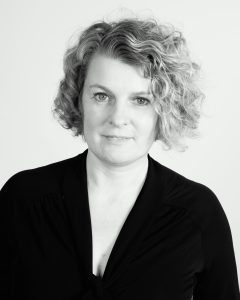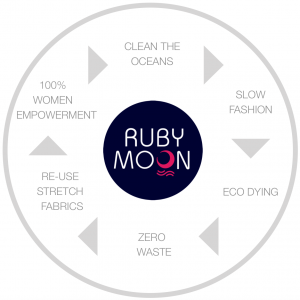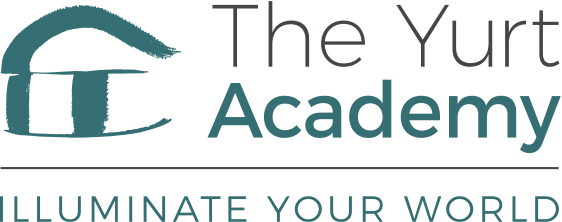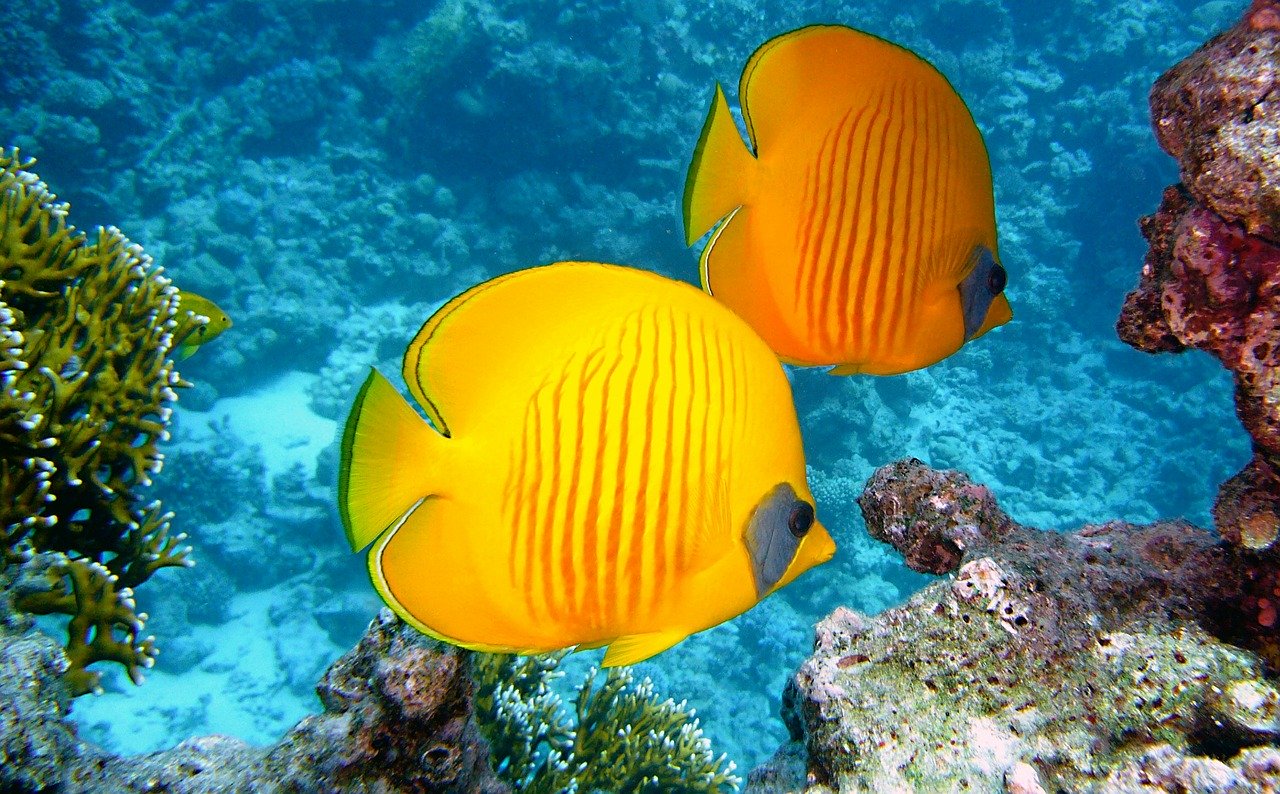Keeper Interview with Jo Godden on the Circular Economy

Could you please define the circular economy concept?
Currently we work with linear economy or linear manufacturing where take, make and then use and dispose. This applies to the things that we use as products every day including clothing, food packaging, technology etc. In most circumstances, we dispose of these things by burying or burning them, so landfill or an incinerator. Even if the incineration produces energy it is not the best way to deal with carbon-based materials because they all have a value.
Circular economy or circular manufacturing means designing a product to consider from the beginning what will happen to it at end of life. In an ideal situation, all of the materials used to make that product will go back to be remanufactured into something else. And that way we instantly decrease the amount of carbon we need to make products.
Could you explain how you have applied the circular economy to your business at RubyMoon?
We re-use the nylon from ghost fishing nets. Ghost gear or ghost fishing net is a term used to refer to all the drift nets that are out in the ocean; they can account for up to half the plastics in the gyres – the plastic ‘islands’ formed where the oceans converge. They endanger marine life through entanglement but also marine life ingests the plastics from the nets so it’s important that to remove them. Sometimes they are lost accidentally during the natural course of fishing; there are very valuable assets to the fishermen. The nylon in those nets is used again in our active wear.
Can you explain how the fishing nets are eventually repurposed into your active wear?
We’re part of a pan-European project where the nets are retrieved by NGOs composed of fishermen and diving groups who do the collection for free. The nets are then grouped together and sent for cleaning and processing. The nets are made of Nylon 6 which is perfect for re-use. They are broken down into pellets and then made into a fibre. The new fibre can be used for a lot of different things, like carpets, socks etc.

For our active wear, the fibre is sent to Italy where it is reprocessed into fabric and that’s where we dye and print it for use in our clothes. Over three quarters of our garments are made in Barcelona by a women’s sewing cooperative and the remainder is made here in the UK.
When you were preparing the launch of RubyMoon, did you look at every step of the process to see what you could optimise?
Yes. The company that I formed is a circular business because we also collect old swimwear too. We give a discount to people who return swimwear to us for new product. It’s important that we put old swimwear back into the supply chain. So it’s circular in terms of manufacturing, but the circular economy is also about people, not just process. I didn’t realise when I started in 2011 that I had designed a circular economy business.
At RubyMoon, the ‘people part’ is because we use our profits to help women entrepreneurs in fourteen developing countries by the way of a business loan. The women use these micro loans to start or build an existing business. The most empowering thing for women in those countries is be able to build an income that is consistent every month so that they can pay their bills and send their children to school. Where women are empowered, that is where development starts to happen. Earning an income gives women a voice in a community where previously they may have been ignored – this can be life-changing for the women and their community.
Do you think that the circular economy is not necessarily about wealth creation but more about maintaining wealth in terms of the materials that already exist?
Absolutely – it’s not about growth. It’s about maintaining what we already have in circulation because those materials are not going to go away. Finding, first of all, a use for our waste products, and then in stage two, looking at how we can design those products better from the outset.
As the term ‘circular economy’ includes the word ‘economy’, it seems that what we need is a systemic change. How do you think we can push this systemic change – on an individual and country level?
I believe we need a two-pronged approach. Firstly, we have got to make sure that everyone understands what the circular economy is and why we are doing it. The first part is to spread the word that there is another way for us to live. And you are absolutely right about needing a big system change – we need to rethink everything.
The first prong is consumer action. For every purchase we make, we vote with our wallet as to the kind or society or world we want to live in.
The second prong is government action. We need to ask government to legislate and encourage circular economy and circular manufacturing. But it’s actually a little bit bigger than that because we have to make sure that people are included and that we are doing this in an ethical way. There is no point in doing this if it’s completely automated for example. We must consider the human element.
I want to ask you about our individual responsibility for products after the point of sale. How as individuals can we contribute, for example, when making our weekly food shop.
We’ve built a wonderful world of convenience around supermarket shopping. It’s easy, we pick up our plastic encased fruit and veg. It’s takes extra effort to find farmers’ markets. As consumers is there a way we can plan better? Could we make a meal plan and then shopping once a week at the farmers’ market?
It’s also important to let the supermarkets know that we don’t want to buy their products as long as they are plastic wrapped. We’d rather take our custom to the farmers’ market. If no one is telling the supermarkets, then they are just going to carry on with business as usual.
All the small things we do add up. So if you don’t want to buy something in plastic then tell the shop or brand how you feel. We have to speak up.
As a clothing brand, could you give us some tips on how to manage our wardrobes?
In terms of clothing, the biggest environmental impact you can make is to prolong the life of your clothing. At RubyMoon, we make sure that we use the best fabric and the longest lasting seams and construction techniques. I’d like to be able to say that our products last for at least ten years – as we don’t want you to send back our swimwear for at least a decade.
It’s about buying clothing that you love. Don’t buy it if you’re not going to wear it 50 to 100 times at least. Don’t buy it unless you love it. It mustn’t just sit in our wardrobes, unworn, give it to someone who will wear it.
As a Yurt Keeper, Jo Godden delivers a masterclass in the Curious Yurt:
The Circular Economy: What It Is & How It Can Save the World
This fun, three-hour experiential workshop will explain the fundamental principles of the Circular Economy and how it is already being applied to redesign our world. Discover the potential to transform the way we live as individuals and also to drive greater resource productivity by eliminating waste, dramatically reducing carbon and preserving value in all that we do and consume.

